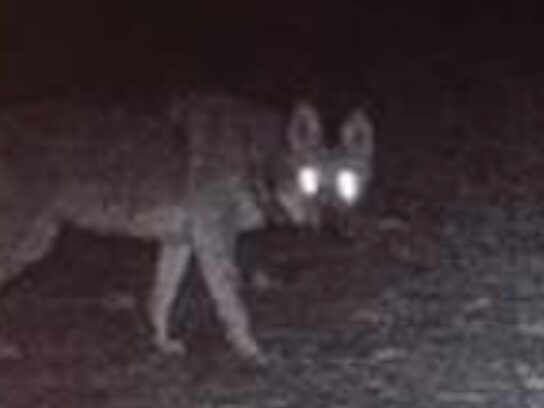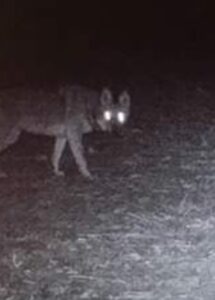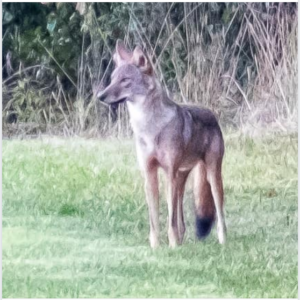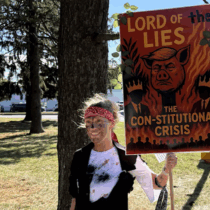
The unmistakable howls of coyotes have been heard in the Poolesville area. The distinctive sounding varmints have been spotted in and around the town, residents say.
“There are some around here I believe,” said Jerry Klobukowski, president of the Poolesville town commissioners.
And one showed up on a camera used to spot deer movements. 
In fact, coyotes have been in Maryland for years — the first documented sighting was in the early 1970s, said Harry Spiker, game mammal section leader for the Maryland Department of Natural Resources.
Coyotes headed east from the Midwest after European settlers forced out wolves and mountain lions, Spiker said. Maryland and Delaware were the last two states in the continental United States where they arrived.
The number of coyotes in Maryland isn’t clear. The state hasn’t done a population estimate because of the expense at conducting the study, Spiker said. If the numbers don’t exist, DNR knows where they exist.
“They definitely occupy every county in the state,” he said. And that includes Baltimore city. “It lets you know how unseen these critters go.”
Their densest population, he said, is in Western Maryland.
Spiker said he had heard rumors that the state or insurance companies have stocked the region so the coyotes would prey on deer. That’s not so, he said.
Coyotes are generally 30 to 35 pounds. Some can tip the scales at about 60 pounds, but those are rare, Spiker said.
They tend to prefer to be away from people, and they like to eat small mammals — mice, voles, groundhogs and squirrels — and songbirds.
If a coyote moves into a neighborhood, Spiker said it is good to be concerned to be about small pets. He suggests that owners shouldn’t feed their pets outside. If they do, they should leave out only enough for one meal. Otherwise, the coyotes will feast on the leftovers. Walk small dogs on a leash.
Bird feeders attract small animals, and those small animals can attract coyotes, he said.
Coyotes are not considered a rabies vector, he said.
——



Comments are closed.